What’s The Best Way To Send A Video? Hacks For Sending Large Videos & Media Files [2022]
Written by, Sandeep Kumar
Updated June, 6, 2022
Written by, Sandeep Kumar
Updated June, 6, 2022
The most popular form of communication and sharing lately are videos. There are endless possibilities to share your thoughts through a video – compared to text.
However, sending and sharing videos is more challenging compared to written articles. Primarily because of their size. And also, because of the different file formats, they’re saved on various devices.
If you wonder what’s the best way to send a video, read this article to remove all obstacles and doubts.
There are plenty of ways to share videos these days – almost each social media can share videos within its range. However, the approach used to send video files depends on many factors:
That said, let’s continue with presenting the most used ways to share videos and some simple how-to image guides.
The easiest way to send a video is if the video is already posted on the most massive media platform – YouTube.
One option is to open the video you want to share, and in the right corner (below it), you’ll see the button ‘SHARE,’ which looks like a right-facing arrow.

The legal, social media integration automatically shows you a list of icons with the most popular social media to share the video. There’s also the option ‘Embed,’ which is usually used to integrate the video into an article or blog post.

Or, to put it more simply – just click once (left click) in the main Search bar showing the URL. After selecting, click once on the right-click and select ‘Copy.’

Paste the URL in a private social media message, an email, or send it as an attachment to an email.
Nowadays, most of us have Wi-Fi available or a mobile data package on our mobile devices or notepads, so sending an SMS with the URL link is also an option. Therefore, the one you’re sending to can immediately paste it on YouTube.
Let’s say you need to share a video presentation with colleagues, one that’s already made. Or, you need to send it for your next job interview.
The best way to do it is by attaching your video to the email – as an URL from a YouTube video upload.
However, you wouldn’t want to make this video public or visible on your channel.


Nevertheless, remember that to view and share your previously uploaded videos, you need to follow this step.
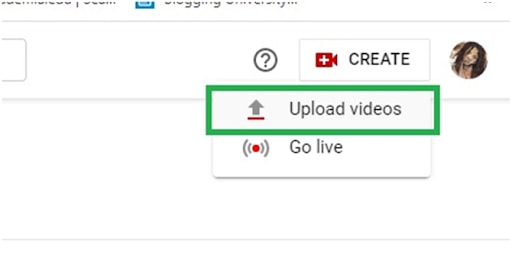
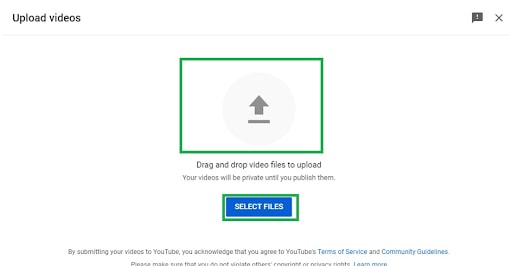
Email attachments are one of the oldest possible ways of sending a video if it hasn’t been uploaded anywhere and you simply don’t want to bother uploading it.
Here’s the procedure:
It’s located differently in different email providers – but it always looks like a document pin (a paperclip).
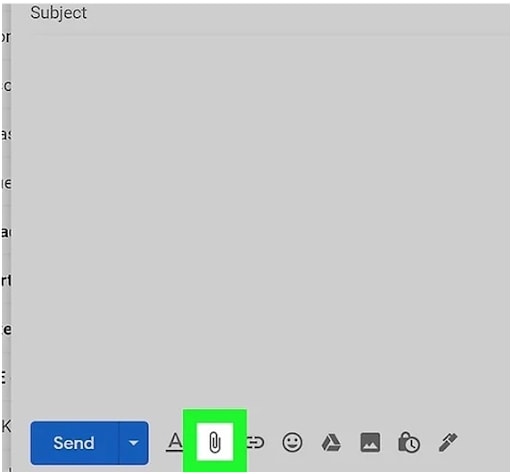
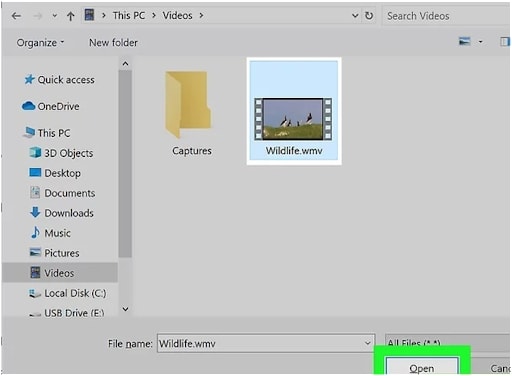
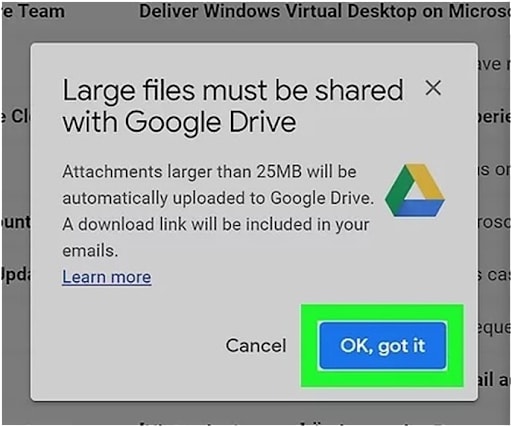
IMPORTANT INFORMATION: every video file above 25MB is considered a large media file!
Let’s be honest – most of the videos you’re trying to send are taken using your mobile device, and that’s where they’re located. So, the fastest way to send them is direct via the phone.
While mentioning the Dropbox app as a way of sending videos, let’s mention one critical thing that some of you might not be aware of:
Sharing videos through social media networks and their messengers, even Instagram, which is designed for those purposes (Viber, WhatsApp, Facebook, and alike), will result in losing pixels and video quality.
That said – you’ll definitely want to avoid those.
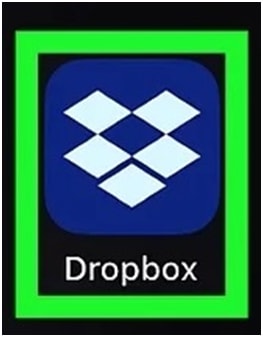


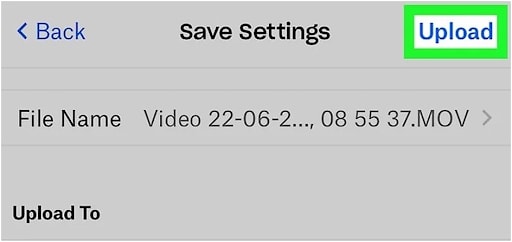
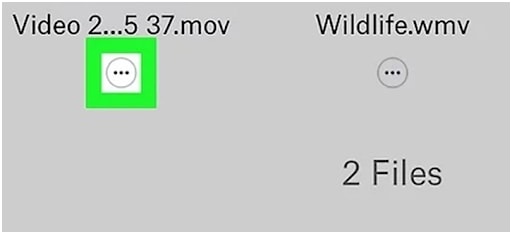
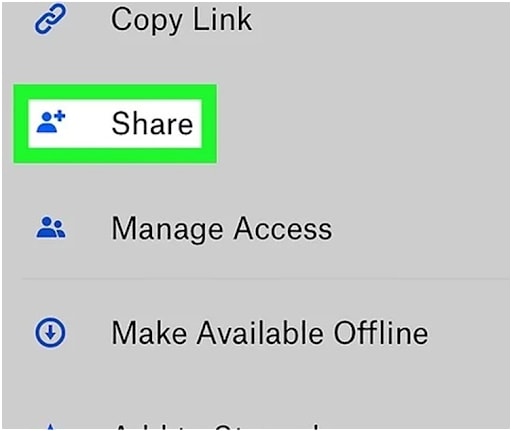
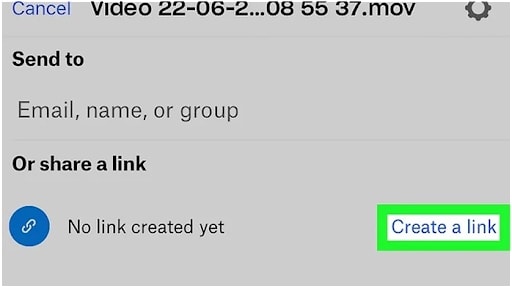

*** The procedure for sending the video through Dropbox using a desktop device is very similar. For example, you’ll be asked to register and upload the video; the same three dots will appear, the upload will take place, and the sharing protocol starts.
The only difference is that you’ll need to approach the Dropbox app directly through the search bar on your web browser instead of downloading it, which is the case with mobile devices.
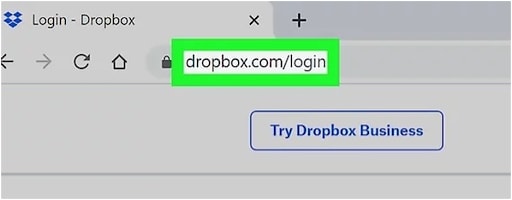
This option is a close-range option since the person receiving your video file needs to be within your Wi-Fi or Bluetooth range. Also, it’s preferable if you’re on each other’s contacts list.
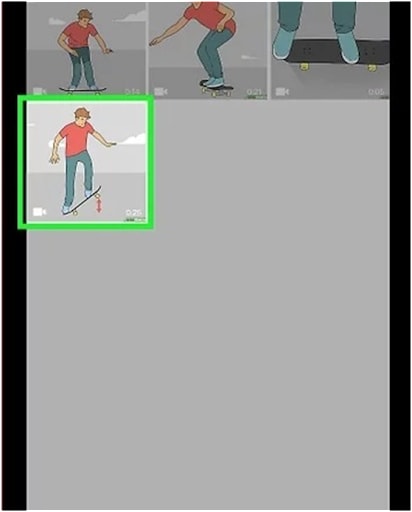
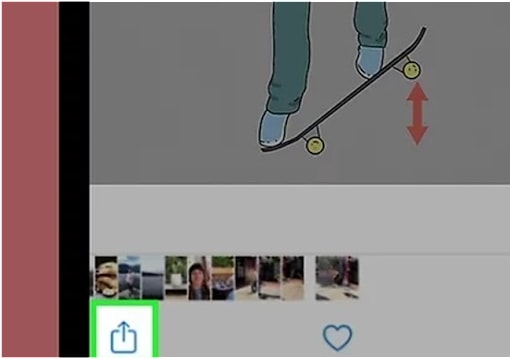

Piece of cake, right?!
As we previously mentioned, big videos and media files are considered the ones that take more than 25MB – and these can’t be sent through an email attachment.
Check out these endless possibilities to send large videos:
File sharing services, such as Dropbox, OneDrive, Google Drive, and many more like them, are the latest cloud-based technology.
Once the large file is uploaded to the cloud, a link is generated, which can further be shared and accessed from every corner of the world.
Now, some cloud-based file-sharing systems can grant you access to the file for as long as you don’t put it away, or restrict it from being private, such as OneDrive and Google Drive.
While WeTransfer and SendAnywhere have a time limitation (the link expires after a while), you can’t access them.

File Transfer Protocol (FTP) is a specially designed server (back in the days of the dawn of the Internet era) for sharing large media files between two devices/ two clients. You can access some of the numerous online FTP client servers, such as FileZilla and Xlight.
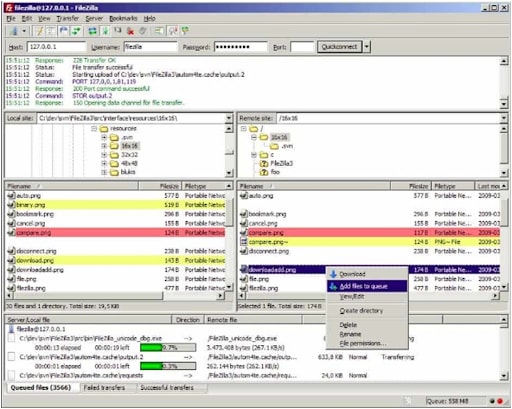
For an increased dose of safety and security, we highly recommend using the encrypted variants of the FTP servers – SFTP and FTPS.
File compression is another old-school way of sharing files and even entire folders. Even when the file is accessed and downloaded from the recipient – the compressed (ZIP) file still exists in its extra small minimum size, which is perfect. Because this way, you can choose to store your data more efficiently.
The WinZip, 7-Zip, and Express Zip are some of the all-time popular options.
Note: The zipped files can be viewed by right-clicking the compressed file without extracting them in the first place.
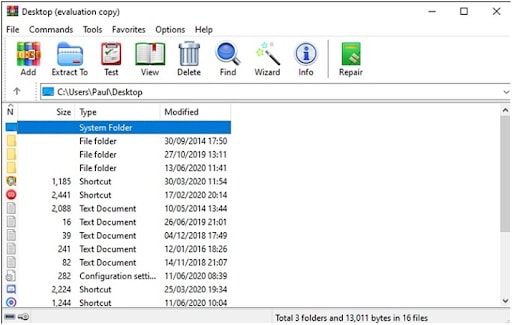
VPNs are the safest way to connect to the internet and share large files.
An employee of a company can efficiently work remotely and transfer confidential files through a VPN connection without the fear of being intercepted along the way. Additionally, you avoid restrictions regarding the size and number of files you transfer by using VPN connections. However, it has its downsides too.
For instance, there’s no guarantee of the quality of the files transferred since the size of the files will gravely impact the speed of the broadband VPN connection, resulting in quality loss or incompletion.
Without a doubt, videos are becoming a staple in our everyday lives. Typically, social media networks are a common place to share videos – on your public profiles or through private messages for some very personal videos.
Luckily, file-sharing services, such as Dropbox, Google Drive, and Cloud services, allow the quality transfer of big videos.
As we’ve already explained, there are many approaches, so the choice depends entirely on you and your needs.
Just follow the steps mentioned above, and there won’t be anything to worry about.